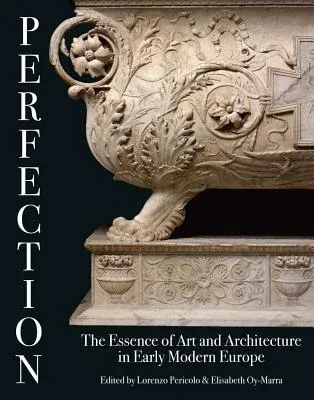Whether a painting, a sculpture, or a building, works of art in early
modern Europe must achieve the highest degree of perfection. If in the
Middle Ages perfection is mostly perceived as a technical quality
inherent in craftsmanship--a quality that can be judged according to
often unspoken criteria agreed upon by the members of a guild--from the
fifteenth century onwards perfection comes to incorporate a set of
rhetorical and literary qualities originally extraneous to art making.
Furthermore, perfection becomes a transcendent quality: something that
cannot be measured only in terms of craftsmanship. In the Baroque
period, perfection turns into obsession as a result of the emergence of
historical models of artistic evolution in which perfection is already
historically embodied--in the first place, Vasari's investiture of
Michelangelo as a universal canon for painting, sculpture, and
architecture. This book aims to define, analyze, and reassess the
concept of perfection in the arts and architecture of early modern
Europe. What is perfection? What makes a work of art unique, emblematic,
or irreplaceable? Does perfection necessarily relate to individuality?
Is the perfect work connate with or independent from its author? Can
perfection be reproduced or represented? How do artists react to
perfection? How do post-Vasarian models of art history come to terms
with perfection? To what extent perfection in early modern Europe is the
matter of rhetoric, literary theories, theology, and even scientific
observation?

